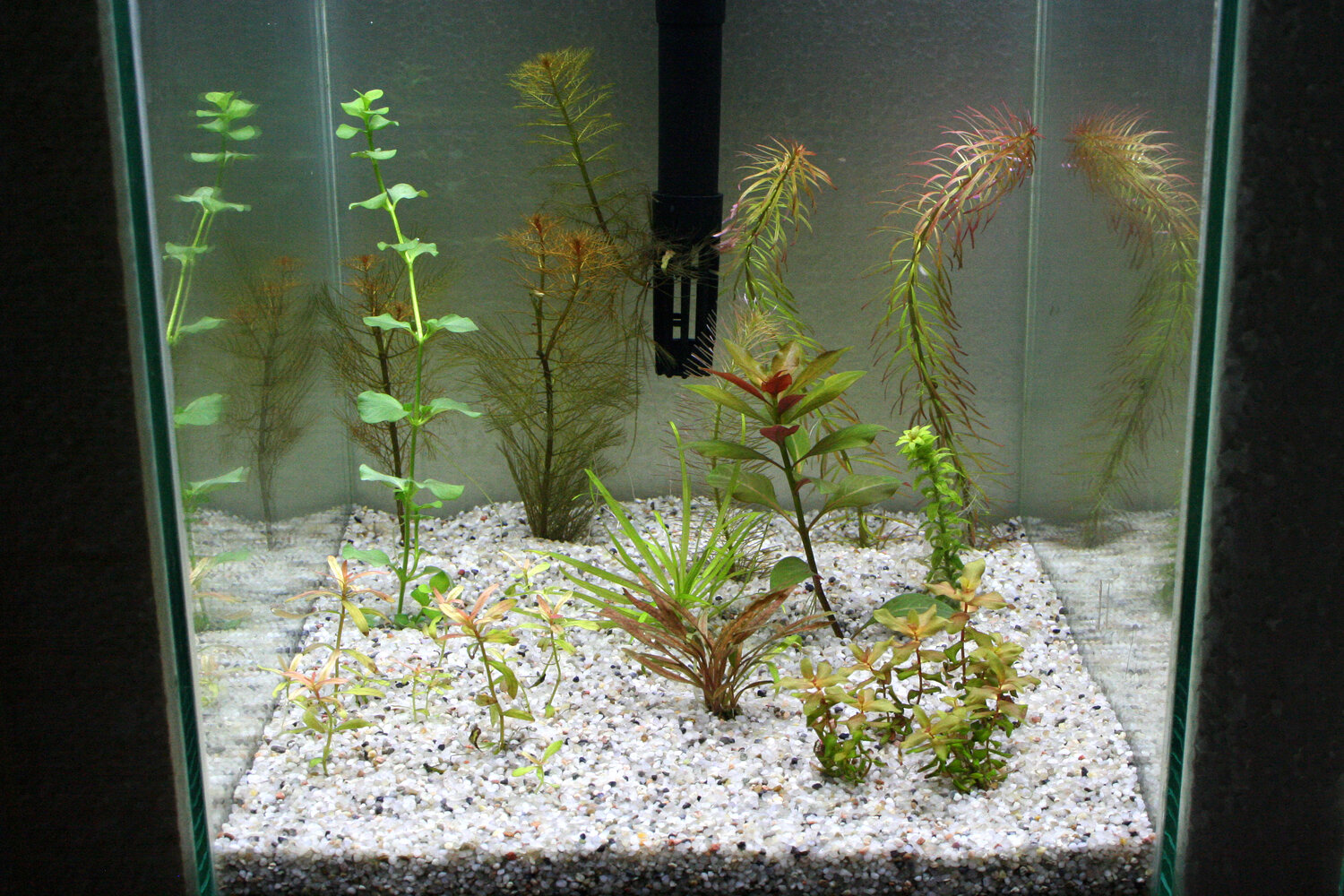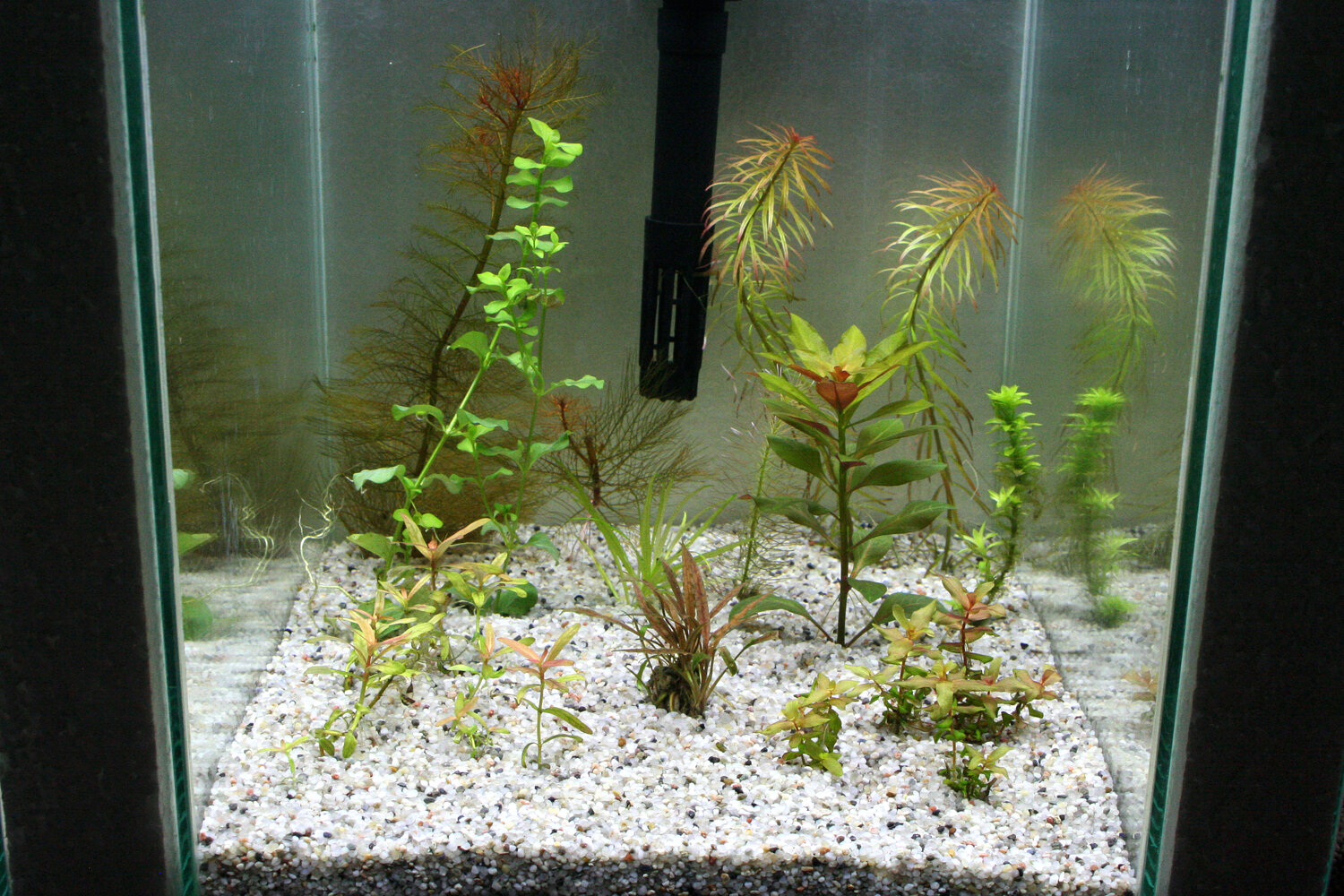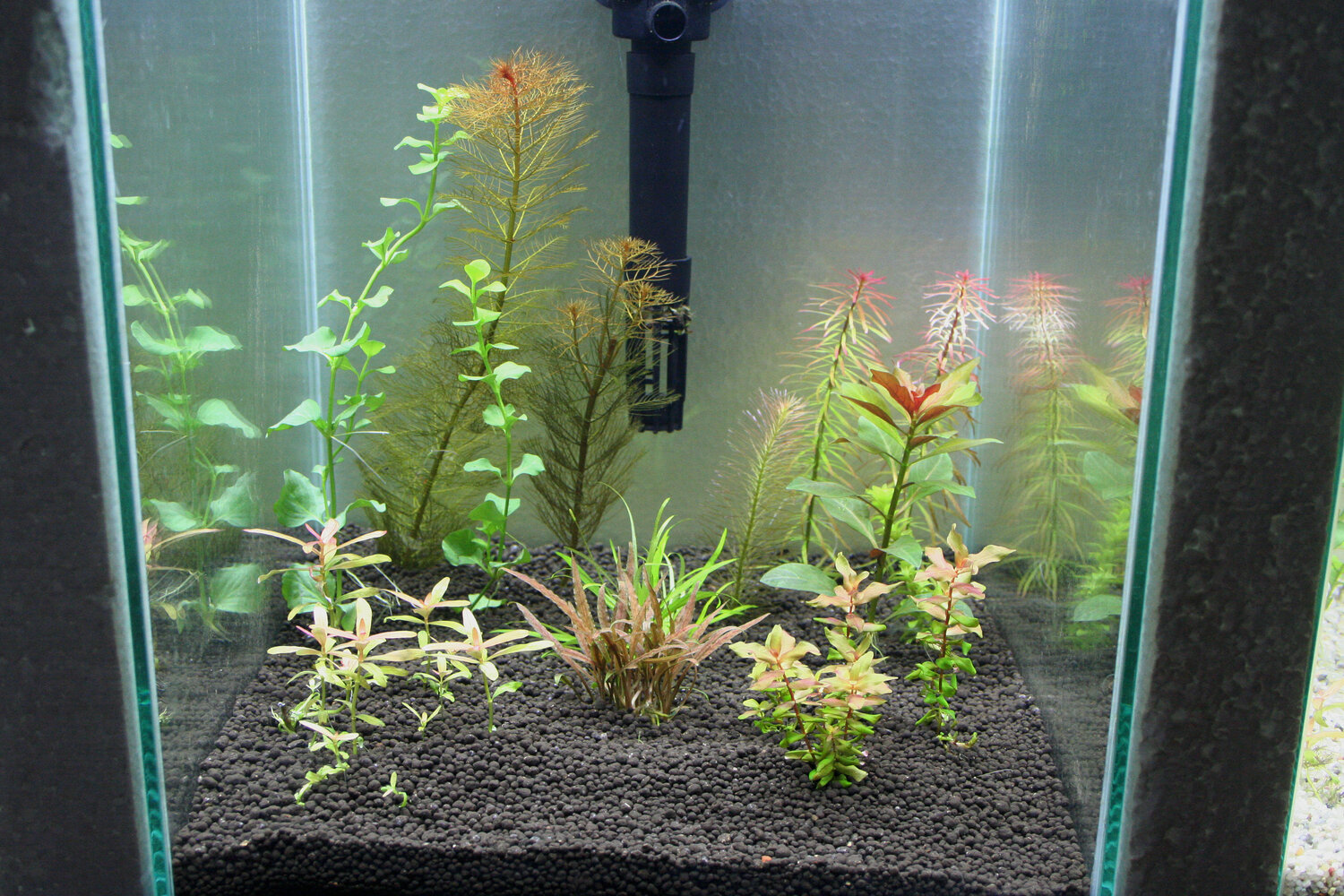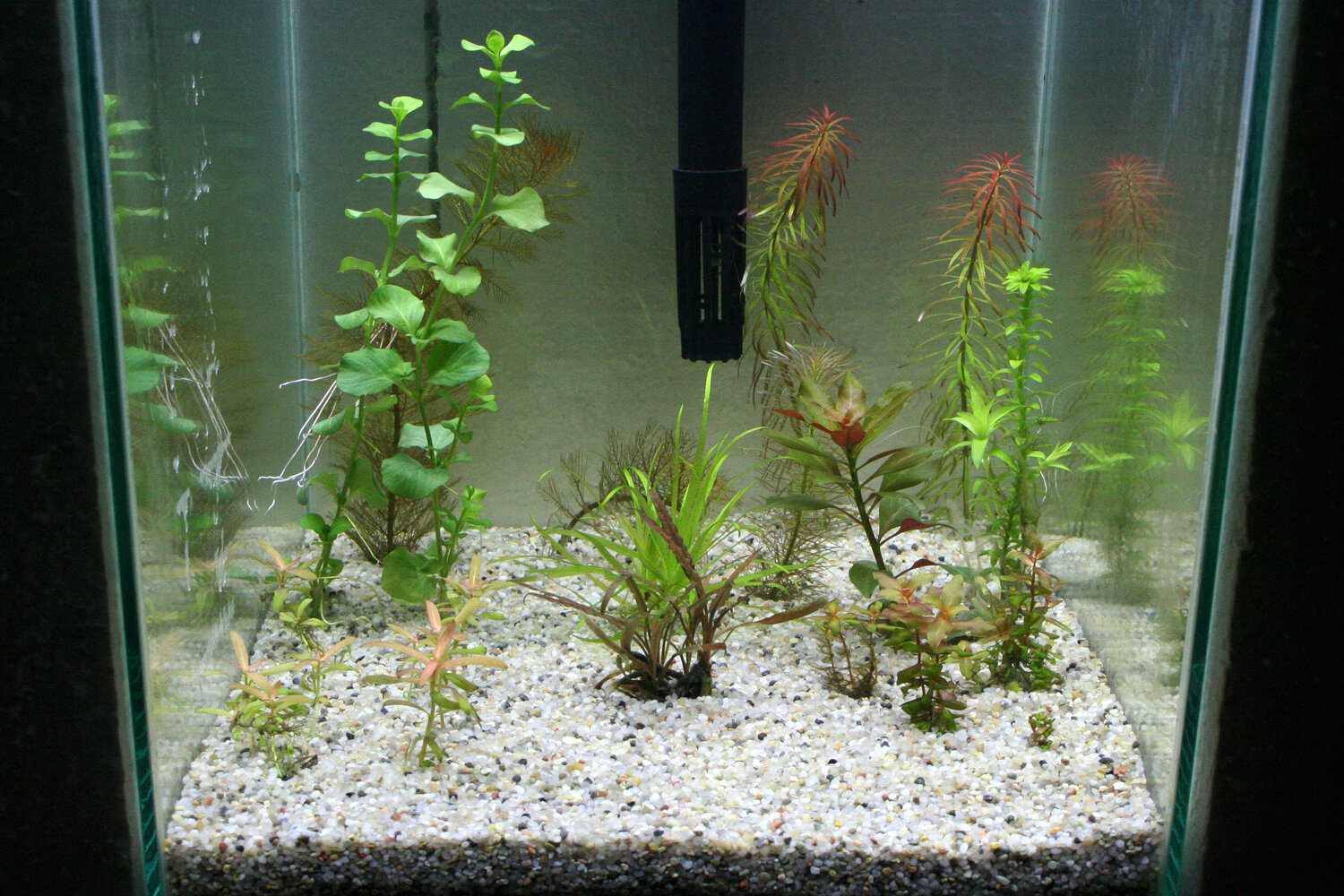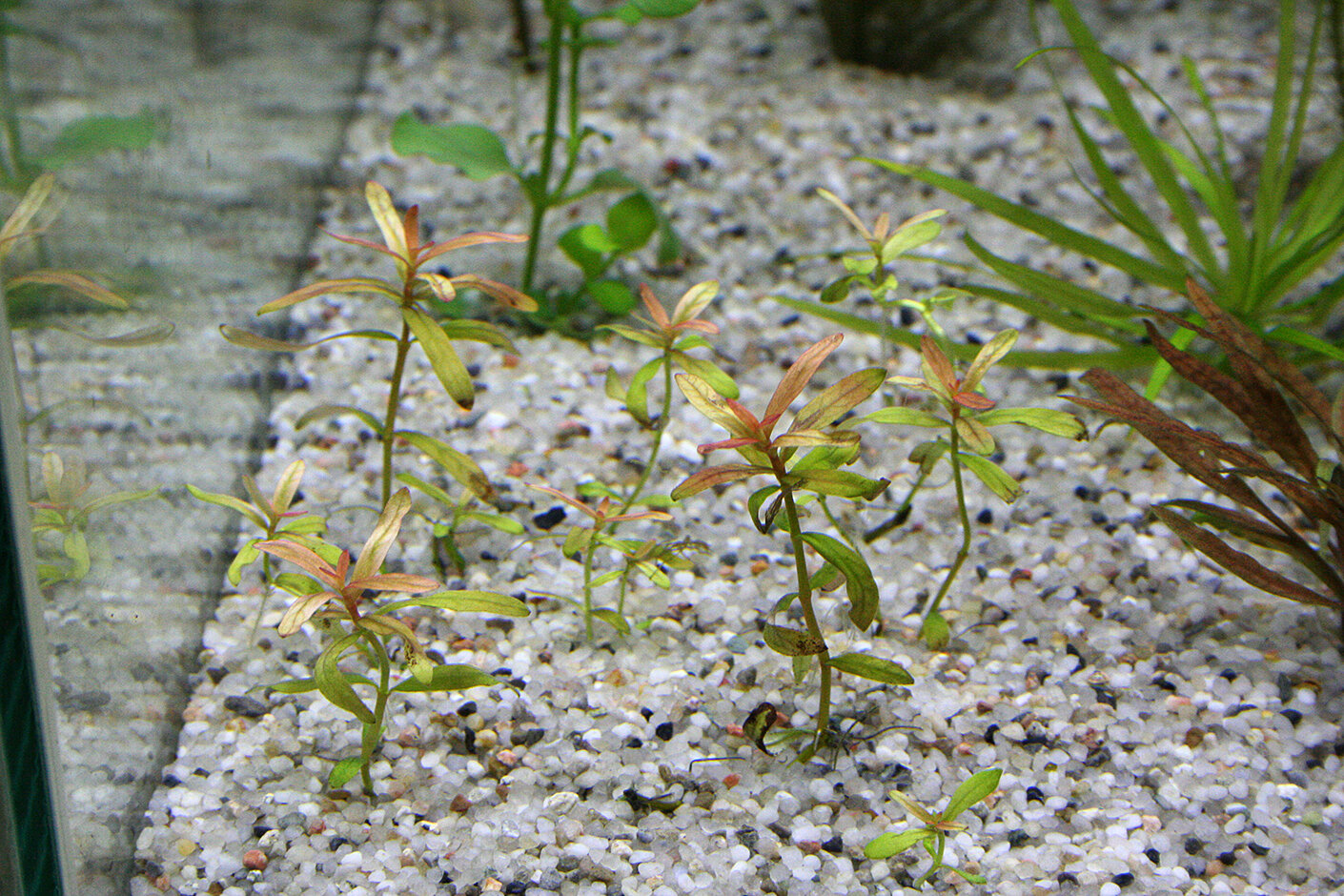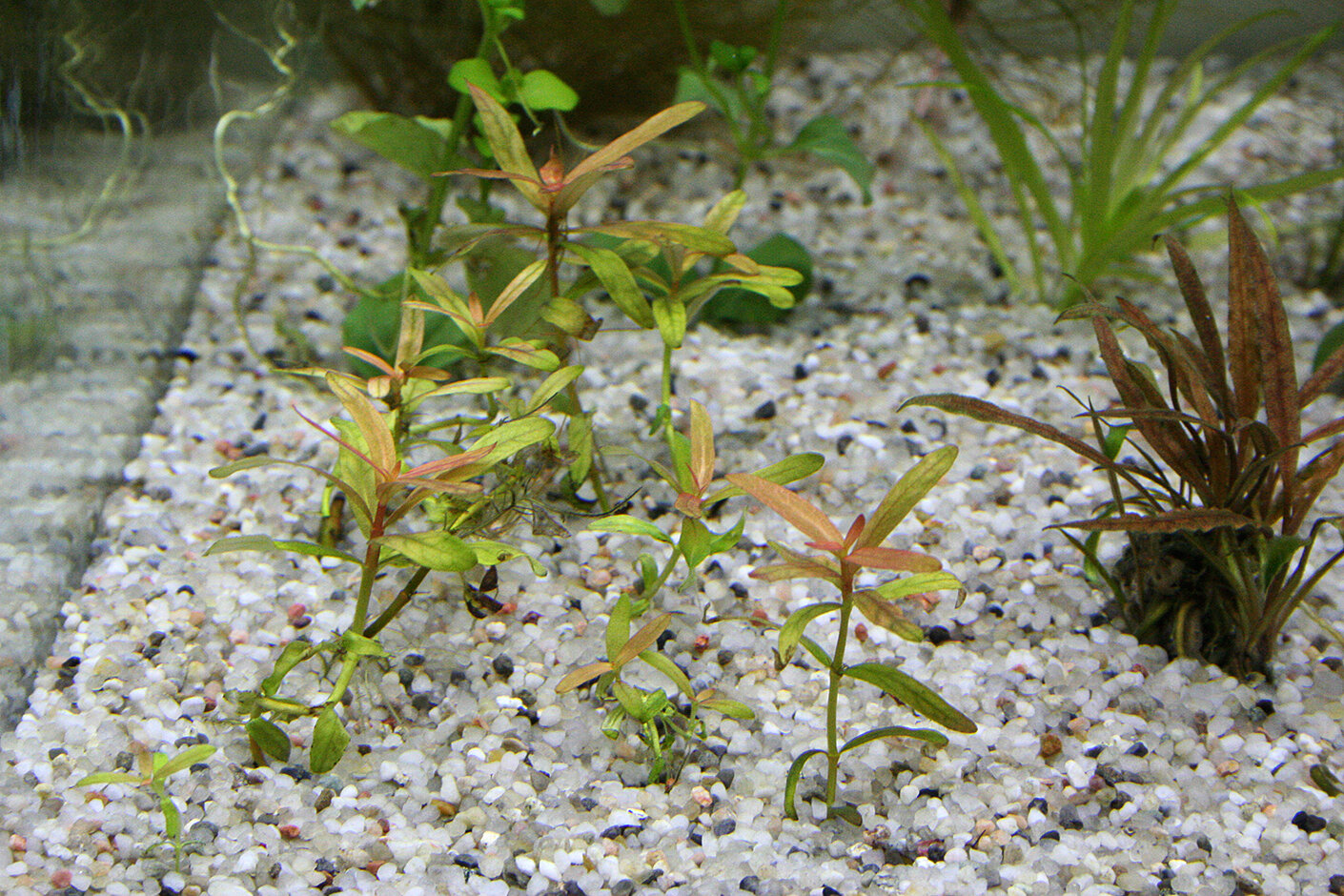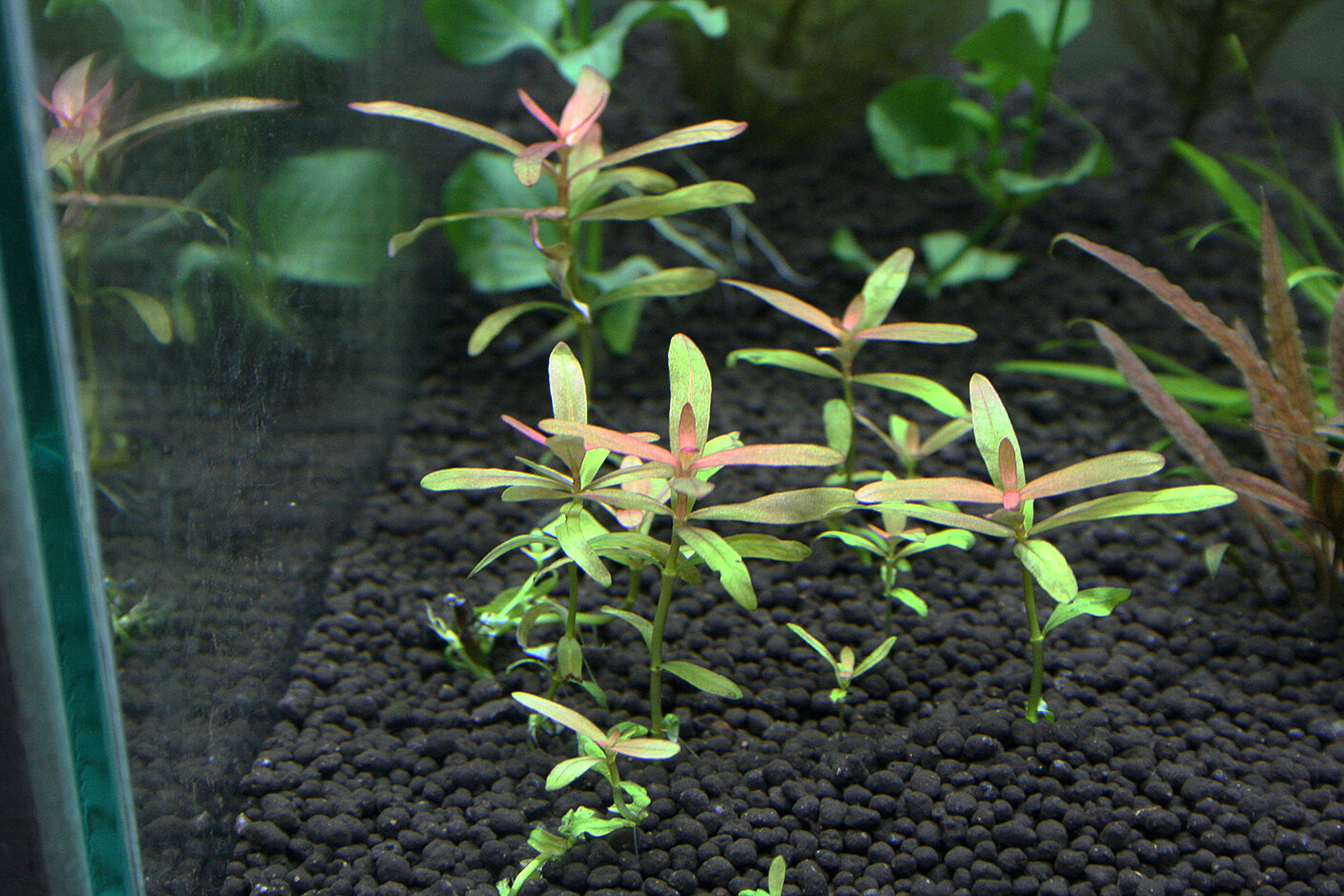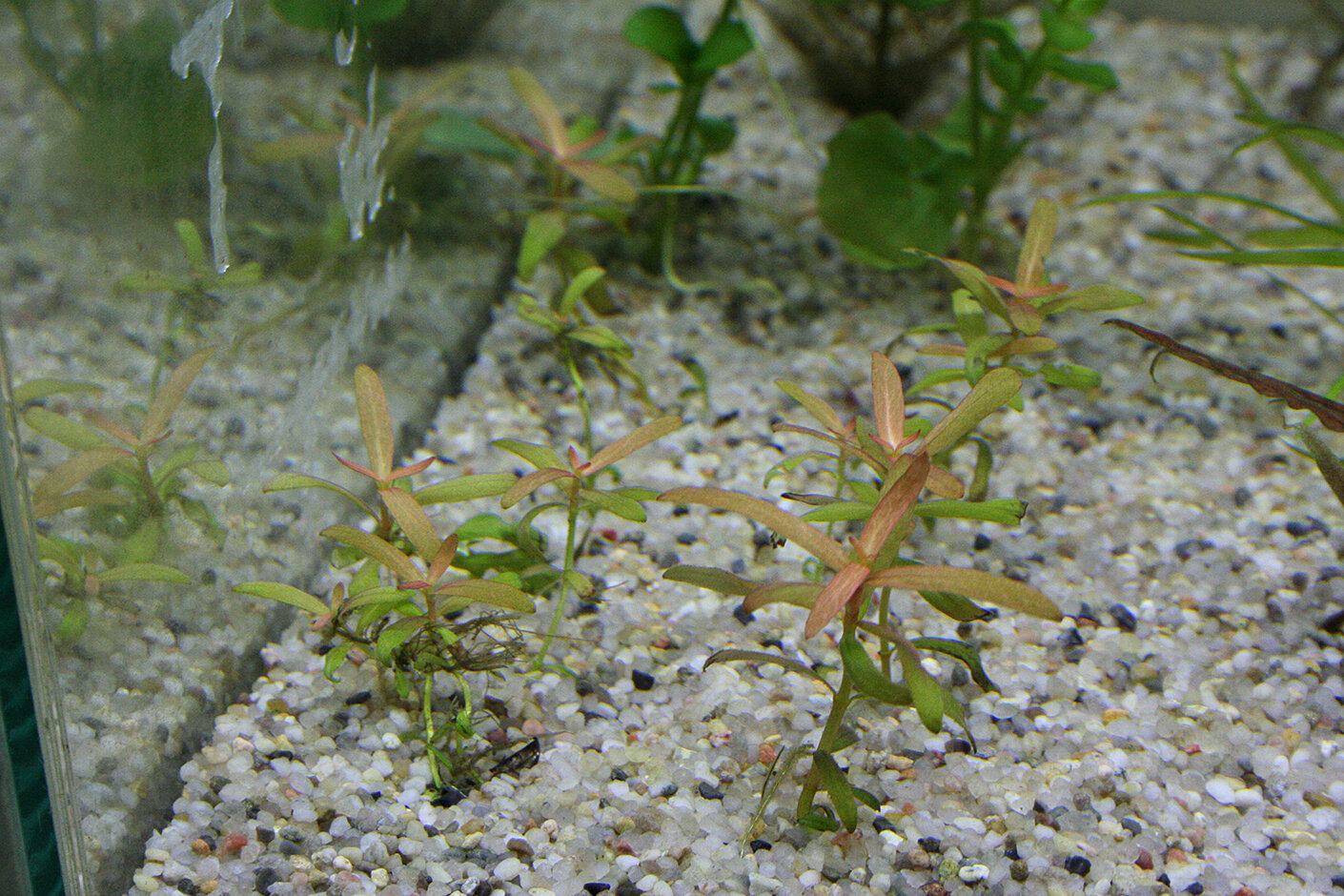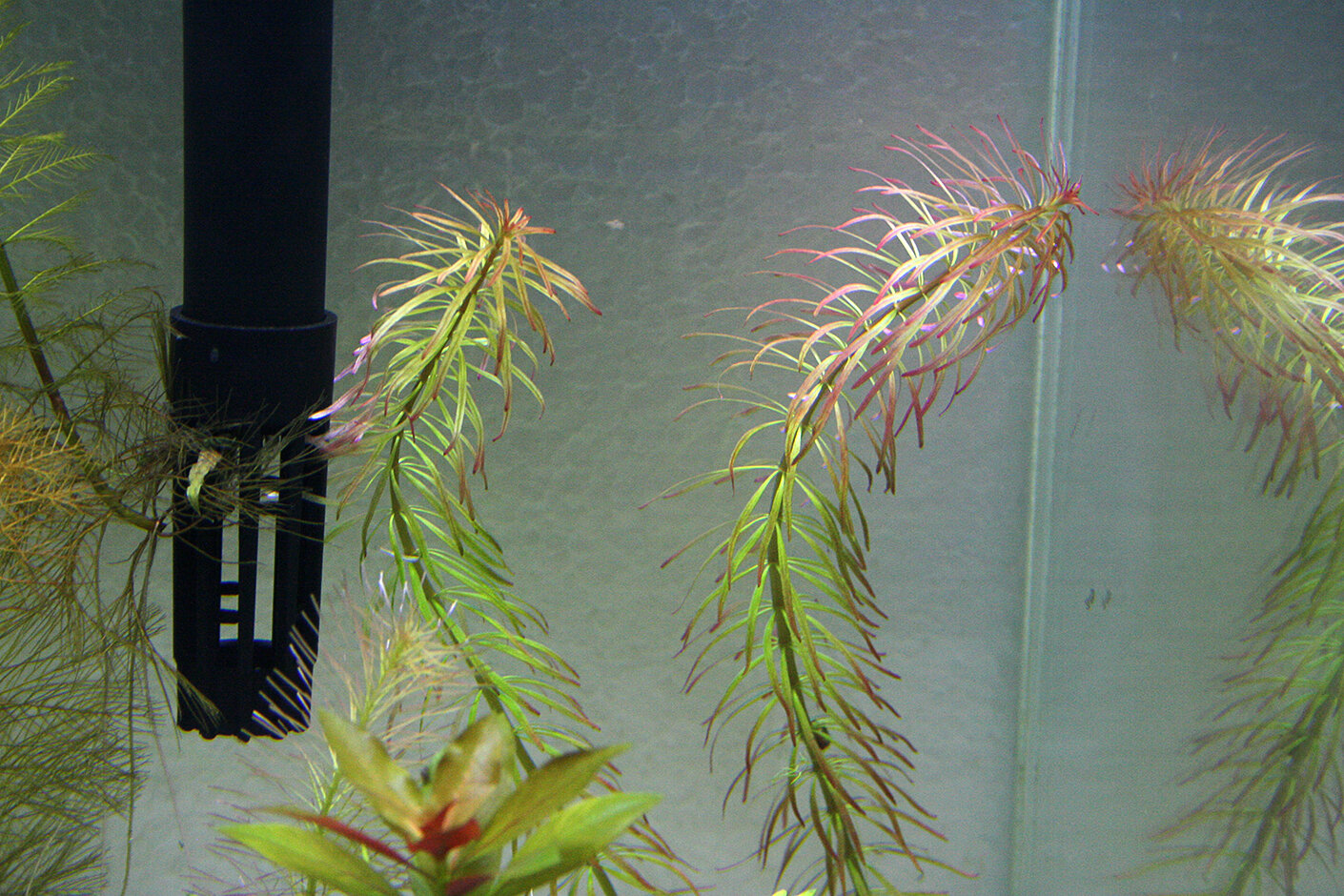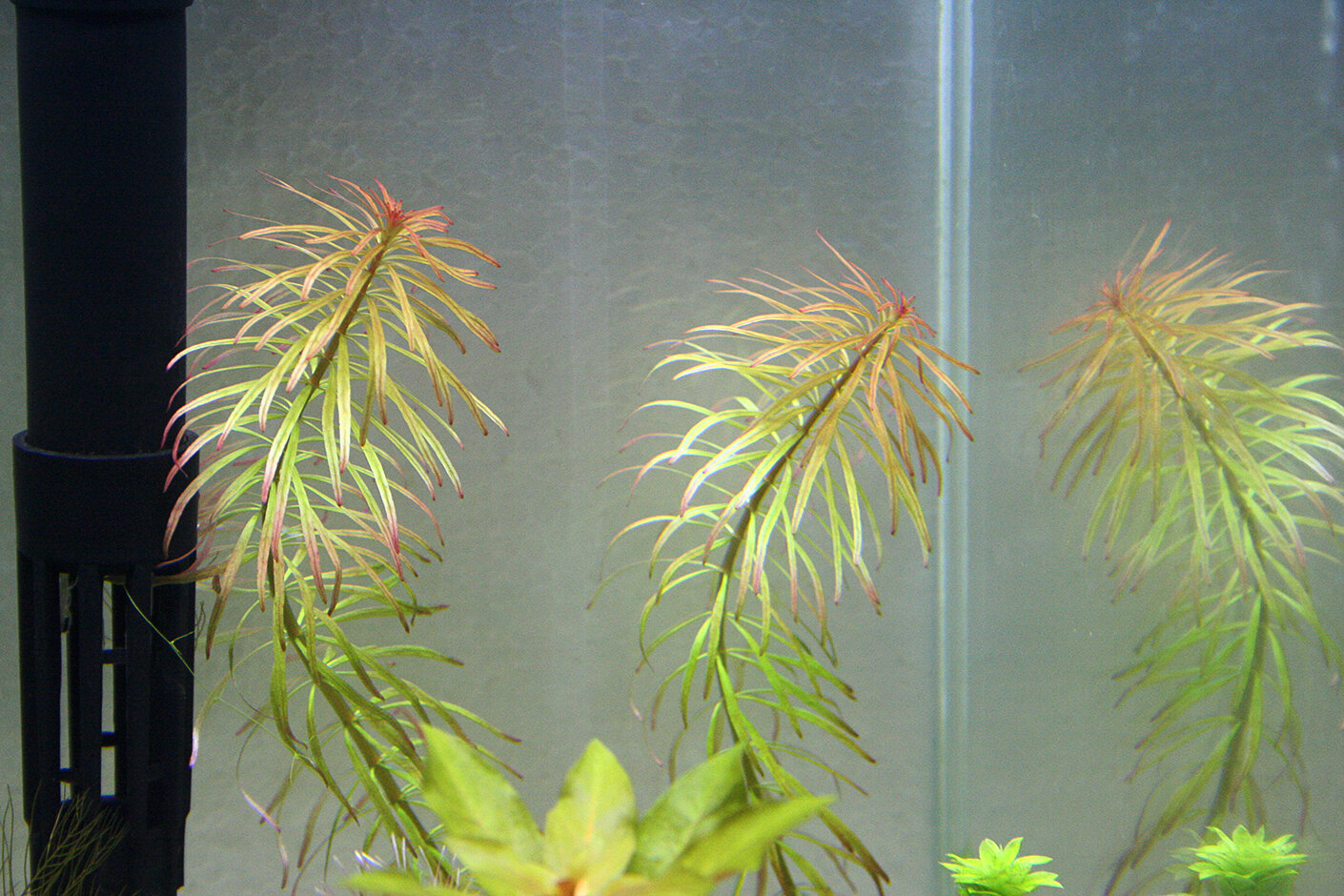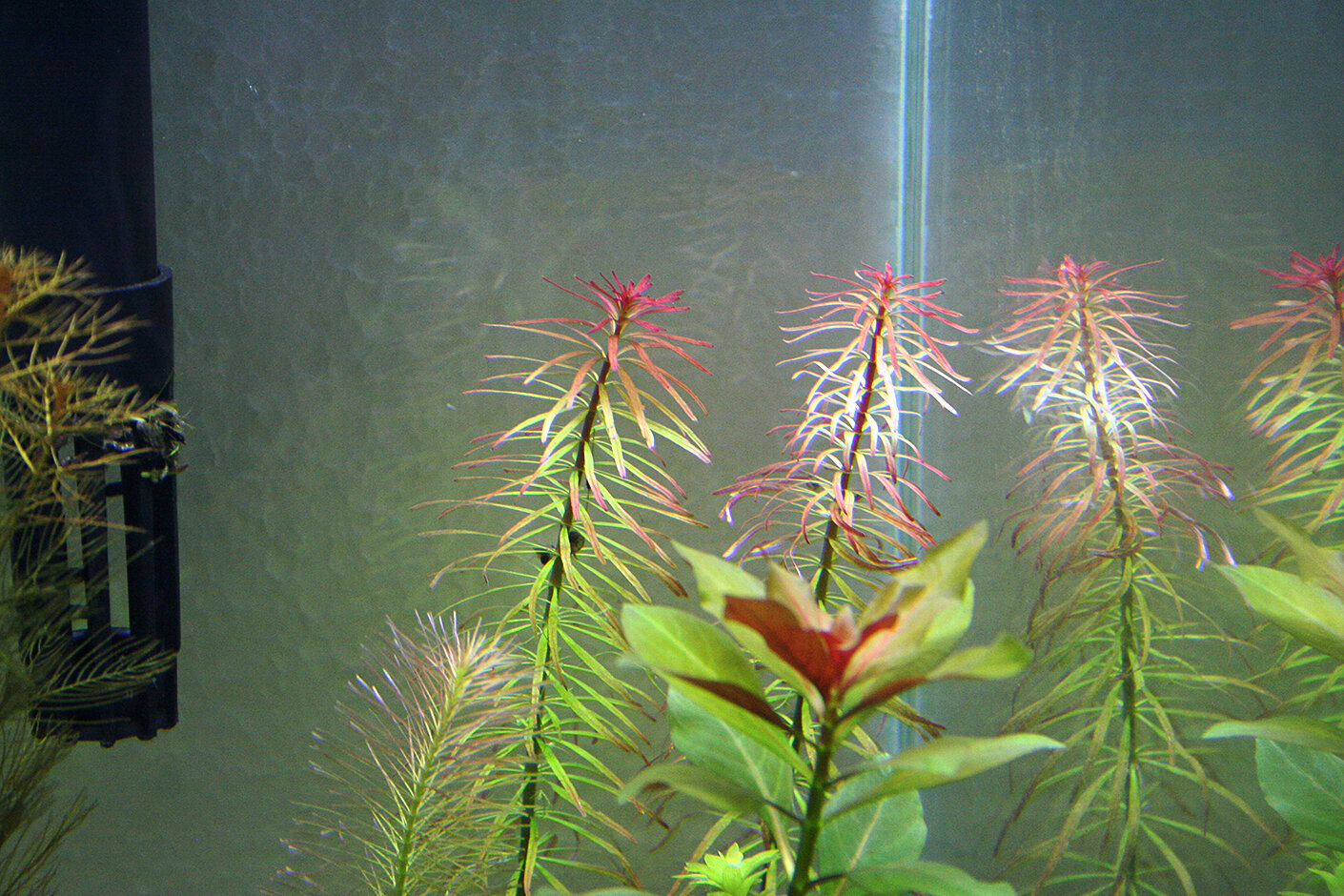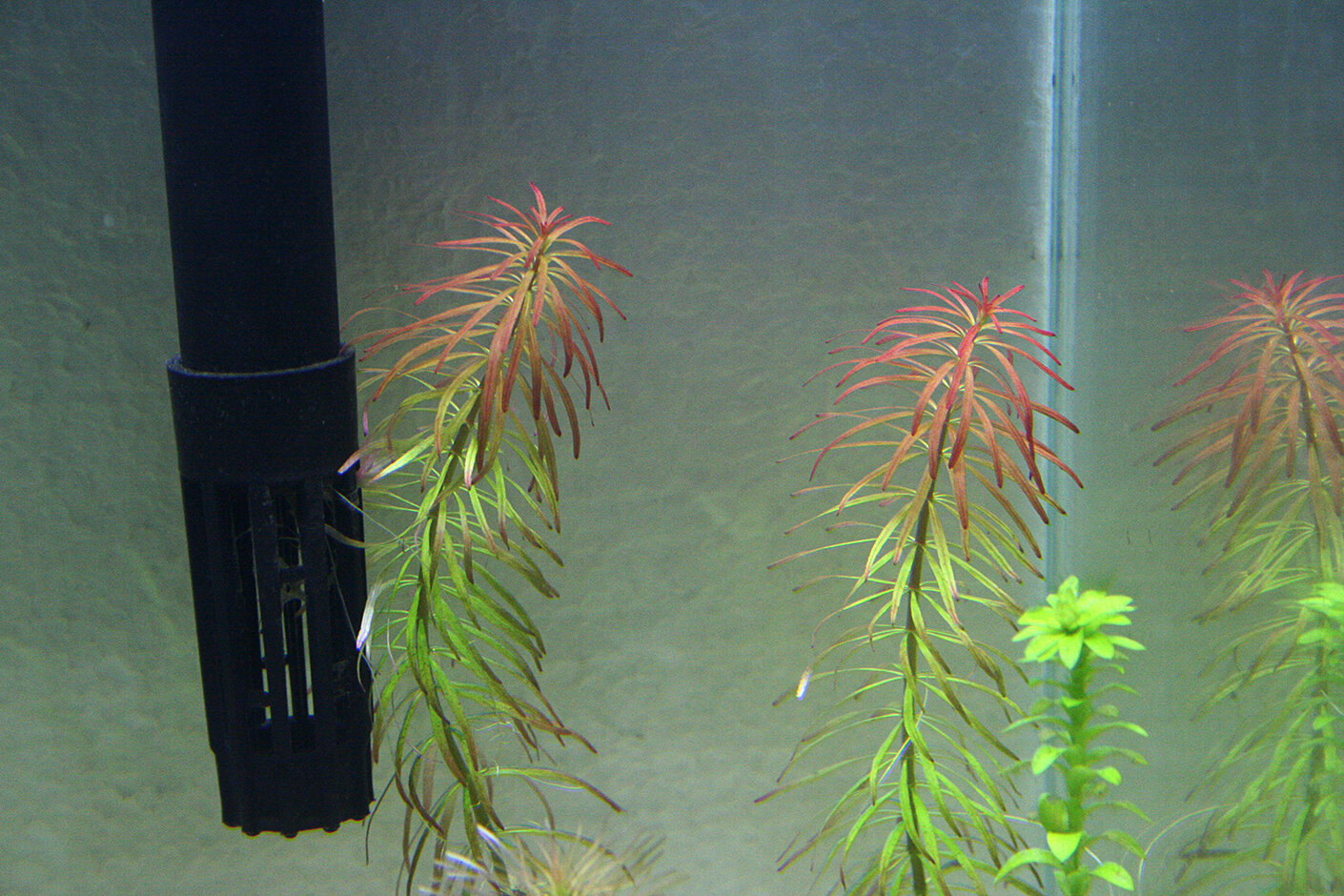MichaelJ
Member
Personally I would say you're doing pretty good in that respect! We don't have much people around in the hobby with the passion, skills, time and equipment etc. to do what you are doing.I'm honestly trying to follow standards of fair science.
... as long as we are all honest in our interpretation about how Mother Nature comes out we should all be able to learn something. I am a scientist of sorts in my day job and I can say that the level of rigor you are putting forward on a topic dealing with an astounding amount of known and unknown variables is praiseworthy. Biases? Of course! Is it perfect? Of course not! No non-trivial experiment are ever conducted without a certain level of uncertainty, bias or wrong-doing at initial conditions - it's impossible! However, with careful analysis we can still learn a lot from what comes out of this experiment whichever way it goes.
Cheers,
Michael
PS: Of course, if the experiment is not coming out the way some of us want it to, it's heresy and we will burn you at the virtual stake! - like the Spanish inquisition did to Giordano Bruno
Last edited:


